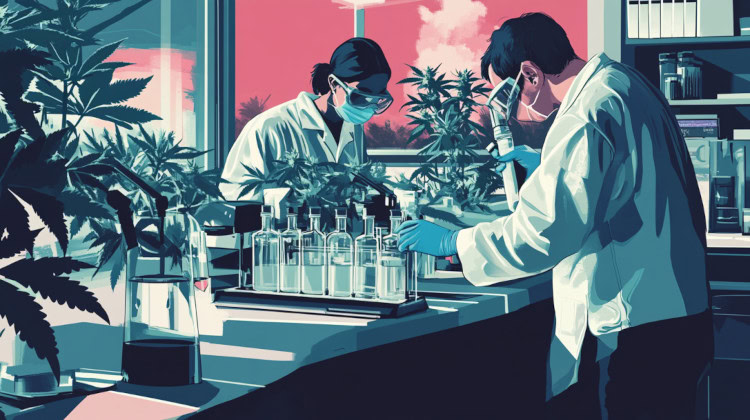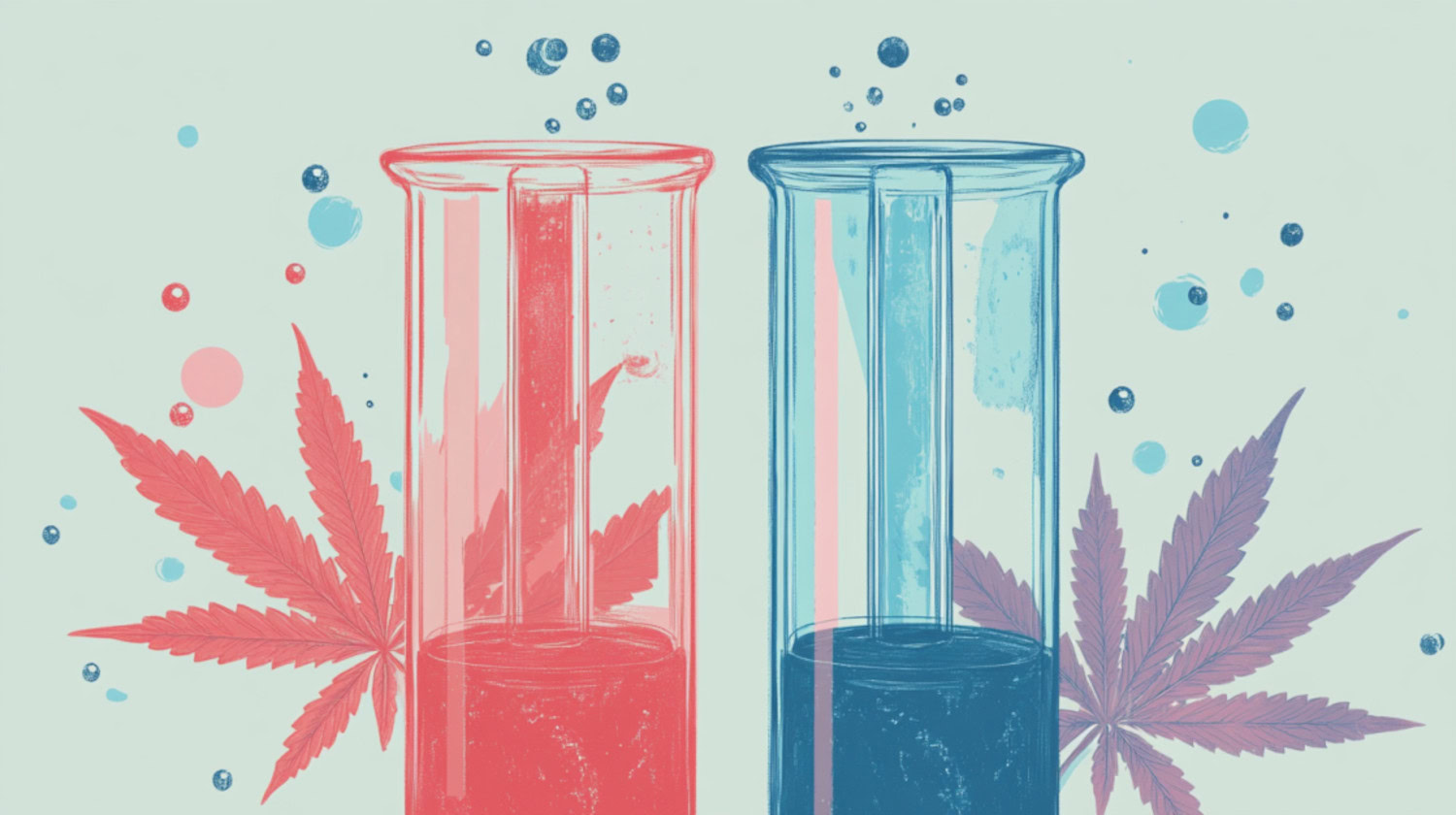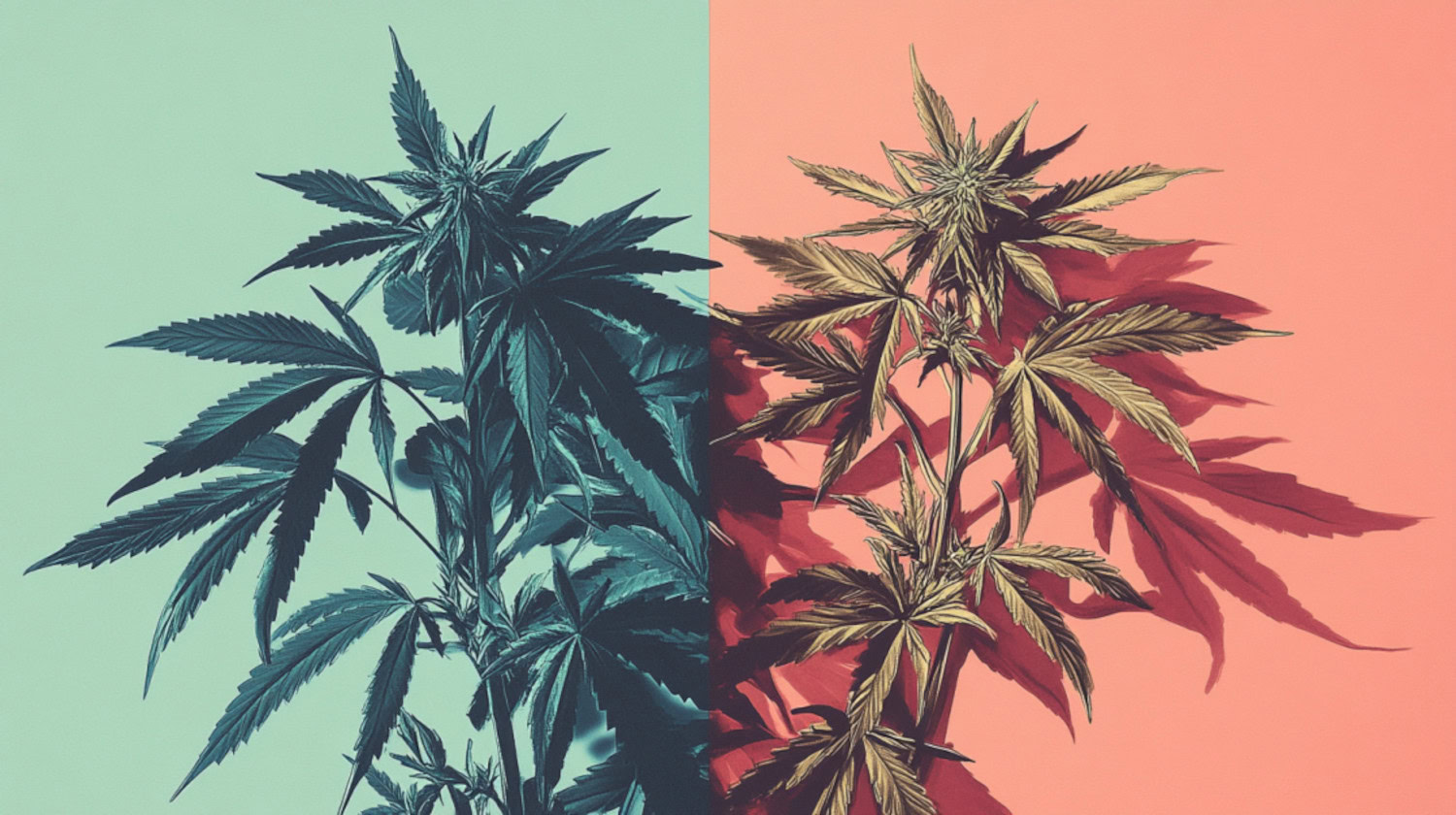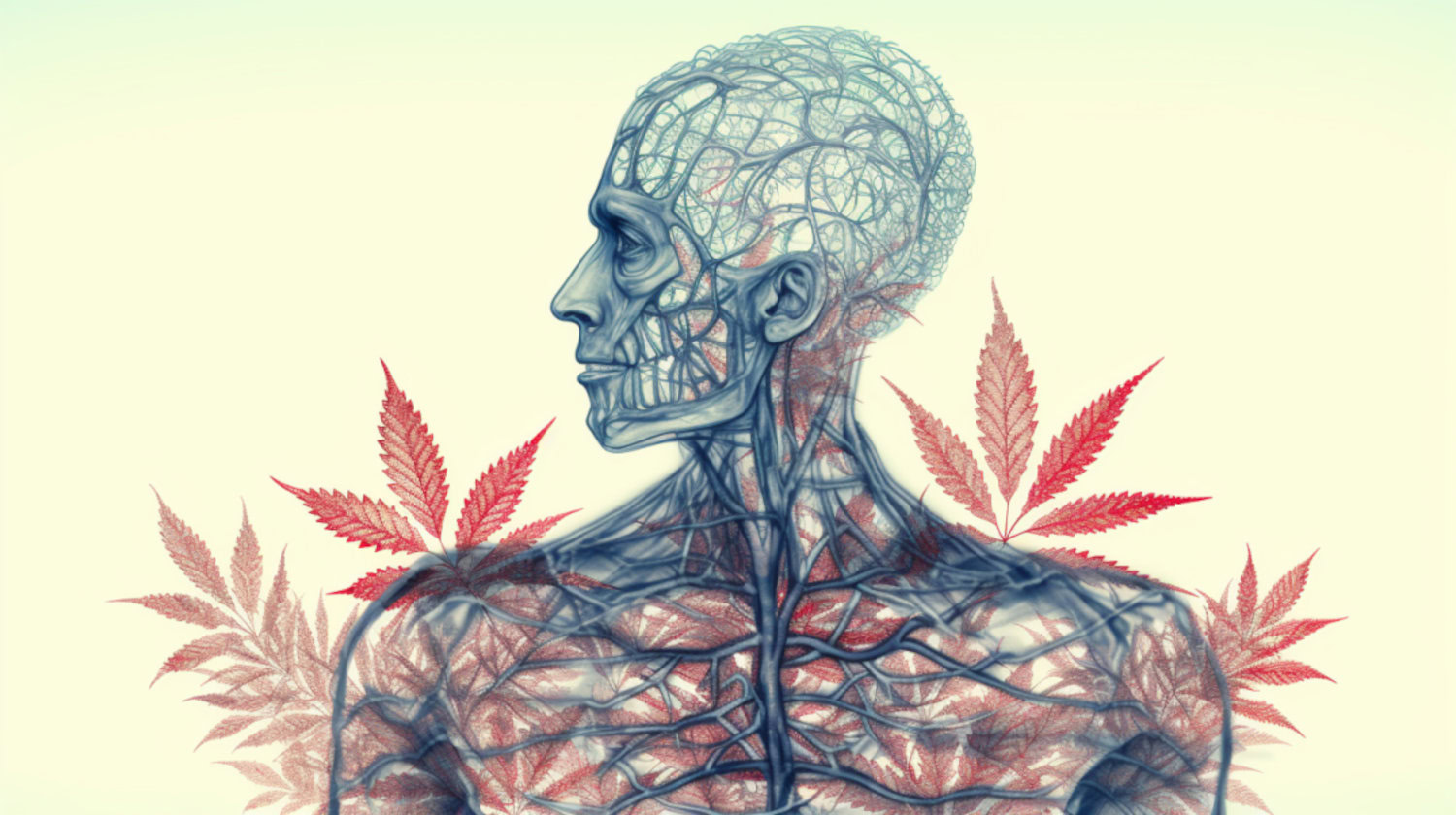In This Article
- What Are Flavorants?
- Medical Benefits of Flavorants
- What Are Terpenes?
- Medical Benefits of Terpenes
- How Are They (And Their Combinations) Relevant to Patients?
- FAQs
- Are Terpenes and Flavorants the Same Thing?
- What Do Flavorants Do For Your High?
- How Do Terpenes and Flavorants Work Together?
- What Are the Benefits of Flavorants and Terpenes?
- References
Key Takeaways
- Flavorants are newly discovered compounds in cannabis that may add to the plant’s distinct aroma and taste.
- Terpenes are well-known plant compounds that are known to contribute to the scent and effects of cannabis.
- While flavorants and terpenes are similar, they are chemically different any may have different effects on the body.
Terpenes have been thought to be the primary contributing factor to the aroma and flavor of cannabis. Myrcene, caryophyllene, terpinolene, and linalool are a few of the most common terpenes found in cannabis, each known to contribute a unique scent to the flower.
However, in 2021, new research published by a team at Abstrax Terpenes reported on the discovery of new aromatic compounds called flavorants, which can also contribute to the aroma and flavor of cannabis cultivars.1
What Are Flavorants?
Several primary flavorant types have been identified in cannabis cultivars. These include indole, skatole, cannasulfer, and tropicannasulfer compounds, as well as esters, ketones, and more.
Indole is recognized to have a mothball or chemical-like and floral aroma. The presence of indole is thought to be an aromatic differentiator between cultivars, creating a distinction in the aroma.2 Skatole is a widely used compound in the perfume industry and can even flavor ice cream. Aside from cannabis, skatole can be found in mammal feces and also certain flowers.3
Prenylated cannasulfer compounds (PCSCs) have recently been identified as the contributing factor to the gassy, skunk-like aroma of cannabis cultivars. Two primary cannasulfer compounds were identified in 2021: 3-methyl-2butene-1-thiol (CSC3) and 3-methyl-2-butenyl acetothioate (CSC5). The presence of cannasulfer compounds greatly increases during the drying and curing process but significantly drops after just 10 days of storage.1
Tropicannasulfer compounds are subsets of cannasulfer compounds, three of which have been identified in cannabis cultivars. These include 3-mercaptohexyl acetate (3MHA), 3-mercaptohexanol (3MH), and 3-mercaptohexyl butyrate (3MHB).
Responsible for the aroma of passionfruit, blackberry, and tropical is 3MHA. 3MH is associated with guava, tropical, and passionfruit aromas, and 3MHB is associated with grapefruit, citrus, and tropical aromas. These compounds are also found in the fruits associated with their aromas, and 3MH and 3MHA are found in certain varieties of grapes and hops.2
Research has identified over 30 esters within cannabis cultivars, some promoting either a fruity, apple-like aroma or a blackberry-pineapple aroma.2
Medical Benefits of Flavorants
Although it is unknown at this time what potential therapeutic benefits flavorants may have, researchers suspect that flavorants found in cannabis may have similar therapeutic benefits as garlic due to the almost identical aromatic compound structures.
What Are Terpenes?

Terpenes are volatile organic compounds (VOCs) that are present in cannabis. Over 150 terpenes have been identified in cannabis and can make up 50% of the aroma of cannabis cultivars.1
Among the most prevalent terpenes found in cannabis are myrcene, limonene, humulene, beta-caryophyllene, linalool, terpinolene, and pinene. In addition to the aromatic contribution to cannabis cultivars, terpenes may also contribute to the effects of cannabis through their interaction with cannabinoids and various non-cannabinoid receptors in the body.4
Although terpenes are not known to produce intoxicating effects, they may affect the overall impact of a cultivar, potentially enhancing or altering its effects.
Medical Benefits of Terpenes
Numerous studies have demonstrated the potential therapeutic effects of terpenes, both independently of cannabis compounds and in combination with cannabinoids.
The combination of cannabinoids and terpenes is thought to enhance the therapeutic effects of cannabis cultivars through the entourage effect. However, research is still ongoing to determine how exactly the addition of terpenes may enhance cannabinoids.5
How Are They (And Their Combinations) Relevant to Patients?

FAQs
Are Terpenes and Flavorants the Same Thing?
While terpenes and flavorants are both types of volatile compounds present in the trichomes of cannabis plants, they produce different aromatic scents associated with various cannabis cultivars.
What Do Flavorants Do For Your High?
It is still unknown how flavorants may impact the effects of certain cultivars they are present in.
How Do Terpenes and Flavorants Work Together?
While an entourage effect may include flavorants working alongside terpenes, science has not yet discovered any mechanisms by which terpenes and flavorants may work together.
What Are the Benefits of Flavorants and Terpenes?
While some terpenes, such as myrcene, beta-caryophyllene, linalool, pinene, and limonene, have demonstrated potential benefits for cannabis consumers, limited research exists on the potential benefits of flavorants.
References
- Oswald IWH, Ojeda MA, Pobanz RJ, et al. Identification of a New Family of Prenylated Volatile Sulfur Compounds in Cannabis Revealed by Comprehensive Two-Dimensional Gas Chromatography. ACS Omega. 2021;6(47):31667-31676. doi:https://doi.org/10.1021/acsomega.1c04196 ↩︎
- Oswald H, Paryani TR, Sosa ME, et al. Minor, Nonterpenoid Volatile Compounds Drive the Aroma Differences of Exotic Cannabis. ACS Omega. 2023;8(42). doi:https://doi.org/10.1021/acsomega.3c04496 ↩︎
- Zgarbová E, Vrzal R. Skatole: A thin red line between its benefits and toxicity. Biochimie. 2022;208:1-12. doi:https://doi.org/10.1016/j.biochi.2022.12.014 ↩︎
- Booth JK, Bohlmann J. Terpenes in Cannabis sativa – From plant genome to humans. Plant Science. 2019;284:67-72. doi:https://doi.org/10.1016/j.plantsci.2019.03.022 ↩︎
- Sommano SR, Chittasupho C, Ruksiriwanich W, Jantrawut P. The Cannabis Terpenes. Molecules. 2020;25(24):5792. Published 2020 Dec 8. doi:10.3390/molecules25245792 ↩︎
The information in this article and any included images or charts are for educational purposes only. This information is neither a substitute for, nor does it replace, professional legal advice or medical advice, diagnosis, or treatment. If you have any concerns or questions about laws, regulations, or your health, you should always consult with an attorney, physician or other licensed professional.




